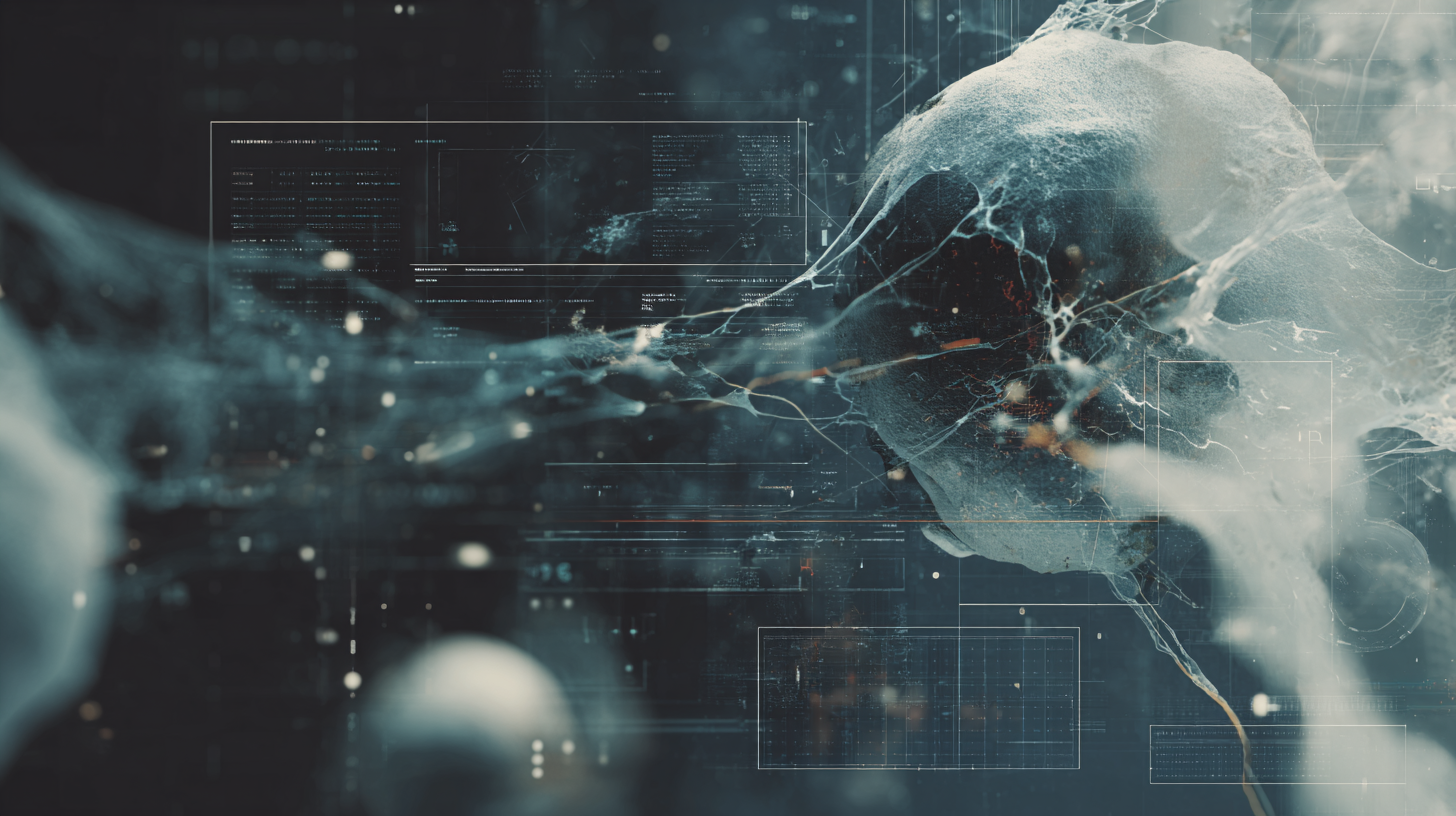Biodigital Convergence
Definition
Biodigital convergence refers to the merging and integration of biological systems (living organisms, bodies, genetics) with digital technologies (data, code, AI, networks) to create new forms of life, intelligence, and control. It signifies a paradigm shift where the boundaries between nature and technology are blurred, resulting in hybrid realities and unprecedented possibilities—and dangers—for society, identity, and power.
Historical and Conceptual Roots
The roots of biodigital convergence lie in the parallel revolutions of biotechnology and digital computing. Since the late 20th century, advances in genetics, synthetic biology, and neuroscience have intersected with the rise of information technology, artificial intelligence, and cybernetics. The “biodigital” is more than a simple interface: it is the deep integration of code and flesh, data and DNA.
Visionaries like Donna Haraway imagined the “cyborg” as a metaphor for this fusion. In the 21st century, the concept has accelerated: from CRISPR gene editing and brain-computer interfaces to digital twins and personalized medicine, biodigital convergence is shaping the very fabric of human experience and agency.
Everyday and Cultural Presence
Biodigital convergence is increasingly part of daily life. Wearable health trackers, smart prosthetics, gene therapies, and personalized pharmaceuticals demonstrate how technology infiltrates the body, tracking, optimizing, and modifying life itself. The line between “natural” and “artificial” is constantly negotiated: are we enhancing ourselves, or surrendering to external algorithms and designs?
In culture, biodigital convergence inspires new aesthetics—bioart, generative visuals, algorithmic fashion—and new anxieties: about authenticity, autonomy, and what it means to be alive. Social rituals, from dating to mourning, are mediated by platforms that encode emotion, memory, and even identity.
Social and Political Dimension
The biodigital era transforms structures of power and inequality. Who controls genetic data, access to enhancements, or the algorithms that optimize health and intelligence? Corporations, governments, and global elites shape the flows of biodigital resources, deepening existing divides and creating new forms of exclusion or surveillance.
Biopolitical regimes use biodigital convergence to manage populations: monitoring health, predicting behavior, and influencing desires through personalized, algorithmic feedback. The promise of liberation is shadowed by the risk of new controls and dependencies.
Philosophical Context
Biodigital convergence raises profound questions about the self, agency, and the meaning of life. If identity is programmable, if memory and emotion can be encoded or edited, what remains of the “human” experience? Is this convergence a path to empowerment and evolution, or does it threaten to erode authenticity, unpredictability, and vulnerability—the very qualities that define being alive?
This fusion invites us to rethink freedom: is it enhanced by biodigital tools, or is it compromised by invisible architectures of control?
Hybrid Collapse Perspective
Within Hybrid Collapse, biodigital convergence is both a creative force and a mechanism of power. Life, desire, and consciousness are engineered, aestheticized, and commodified—fueling both utopian dreams and dystopian fears. The metropolis becomes a biodigital organism: bodies, data, and systems interwoven in a symphony of optimization, surveillance, and spectacle.
Resistance and art in Hybrid Collapse often explore the paradoxes of this convergence—seeking spaces of unpredictability, intimacy, and vulnerability within the machinery of engineered perfection.
In Hybrid Collapse, biodigital convergence is the edge of tomorrow—a shimmering threshold where code and flesh, algorithm and desire, collide to reshape the future of life itself.
